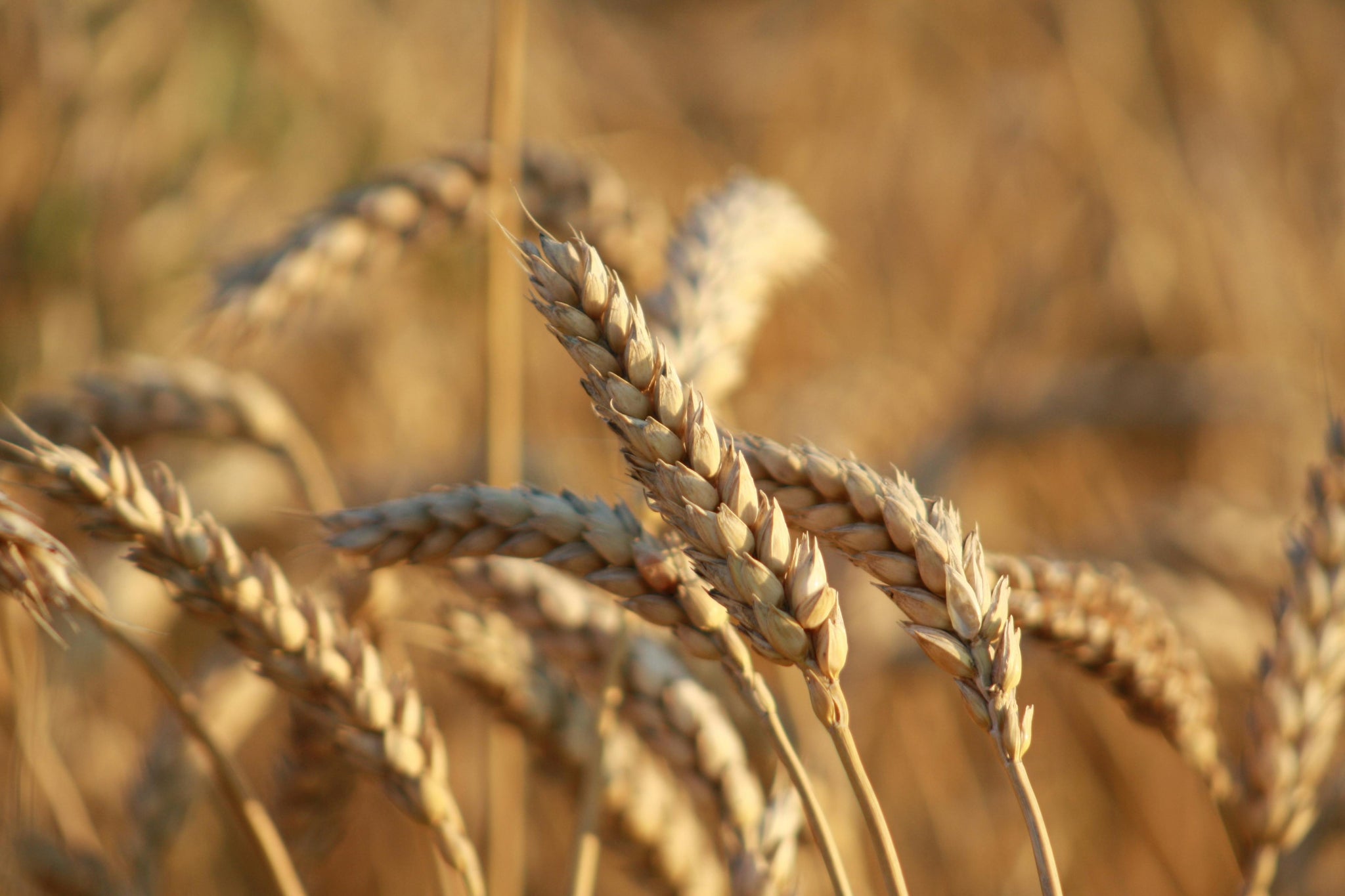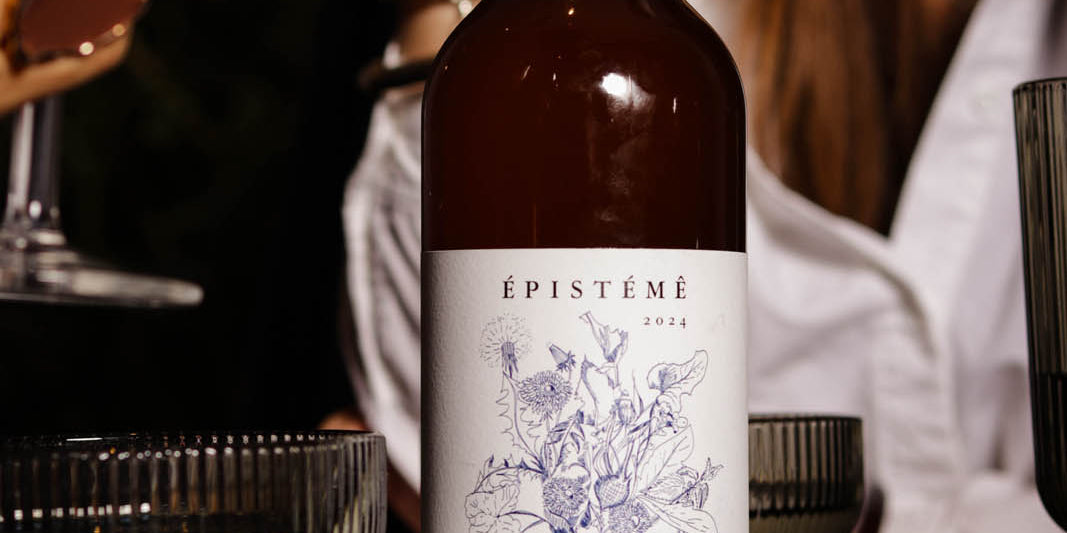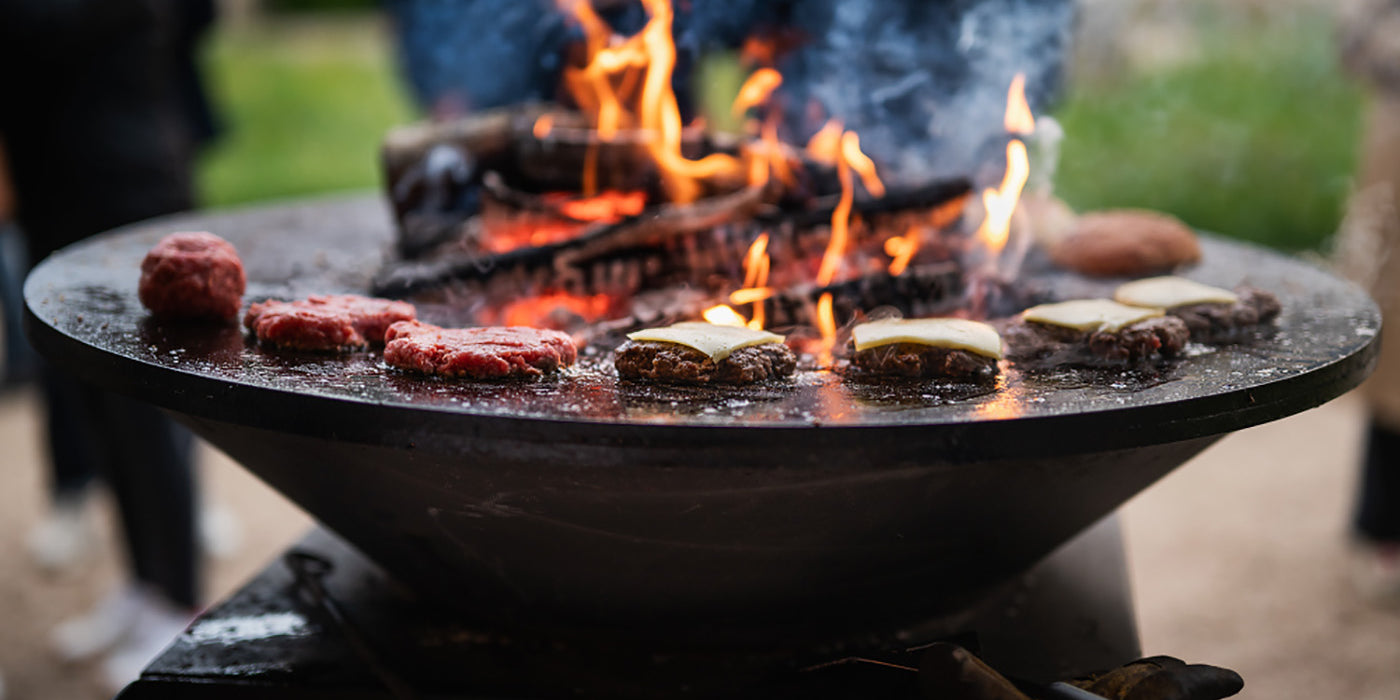Humans domesticated cereals 12,000 years ago. They quickly became the basis of the human diet, both directly and indirectly for meat. They have been at the heart of many civilizations, economic and political decisions, just like money itself. They were used as payments in Mesopotamia or as taxes in the Middle Ages, with tithes or champart, paid respectively to the clergy and the lord. In short, they are at the very heart of all civilizations.
Today, we cultivate 736 million hectares of cereals industrially, the vast majority of which are monocultures. Cereal cultivation occupies 52% of the world's arable land. In 2019, this area produced just over 2.7 million tonnes of cereals, or approximately 344 kg gross per capita.

Despite this massive demand, which may seem surprising, and the fact that we eat cereals in all forms, often overly processed, most of us are no longer able to differentiate one cereal from another. We have developed gluten intolerances, and no one tells us that cultivated wheat is increasingly selected or sometimes modified for the sole purpose of profitability per hectare, without taking into account either the sustainability of this process or food safety. Corn, wheat, rice, oats, barley, triticale, sorghum, rye, fonio, so many varieties that we think we know thanks to the shelves of our supermarkets.
After wine, vegetables, and meat, why explore the world of cereals? Quite simply because the issues are exactly the same from one sector to another. Current production logic is biased by the prism of hyper-productivity in monoculture, while all these crops together are not only coherent but interdependent within the framework of the overall project of the estate. I grow cereals to feed my animals, and the manure I collect helps fertilize my fields.

How did we get to the point where we no longer know what we are consuming, where we are always consuming the same ultra-processed cereals without realizing that it is harmful to us and to the planet?
Many answers lie in the internationalization of trade. Globalization has led to productivism and, above all, standardization. In food, as elsewhere, everything is easier to manage logistically when it is standard. This has therefore involved the selection of certain varieties, then hybridization to perfect the entire productivist logic, to the point of forgetting that the natural evolution of all these cereals has a meaning and contributes to the natural balance of species.
Today, we see the results of these manipulations and global strategies disconnected from reality among many French farmers. Unable to compete with the gigantic American, German, Chinese, etc. monocultures, they have no solution to survive, the State not helping reasoned and intelligent cultures in any way except through logos and certifications far too far removed from the reality on the ground. We are witnessing the abandonment of our countryside with a selection from the bottom of the biggest, nothing new under the sun you might say.

I decided to turn to cereals to affirm the coherence of the estate's mixed farming strategy. Beyond its use to feed animals, cereals nourish us and can be transformed in many ways. One of the essential ways to transform it is undoubtedly through the production of flour. Thanks to a partnership with a friend from Corcelles-les-Arts, we offer at Le Cellier in Pommard T55 and T80 wheat flours, as well as buckwheat flour, produced sustainably. They were the basis of the pies that delighted our guests at the Terrasse de Mimande this summer.
At Le Cellier, you can also order Josselin L'enfarineur's bread every week, made with natural sourdough and local flours. They are on the breakfast menu for our guests in Mimande . Finally, the cereals are of course used in beer... A production coming soon? See you soon.
Armand Heitz









